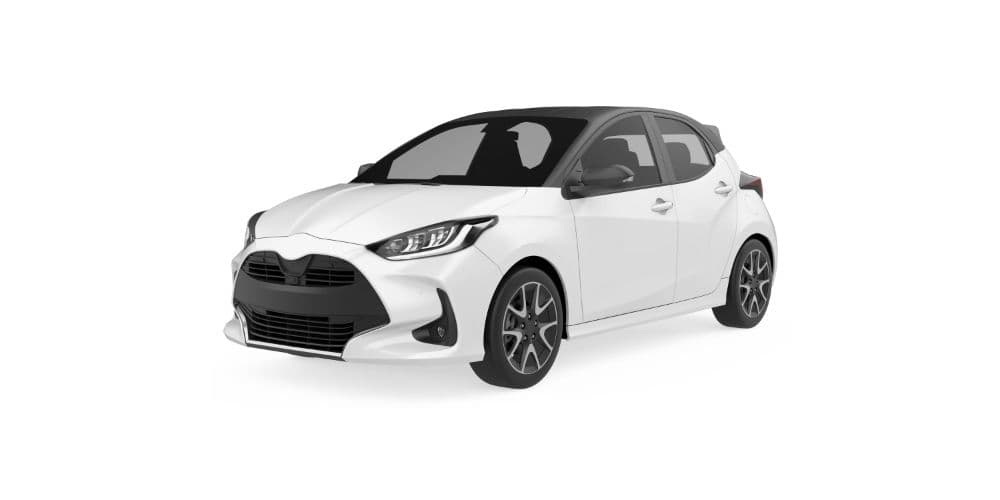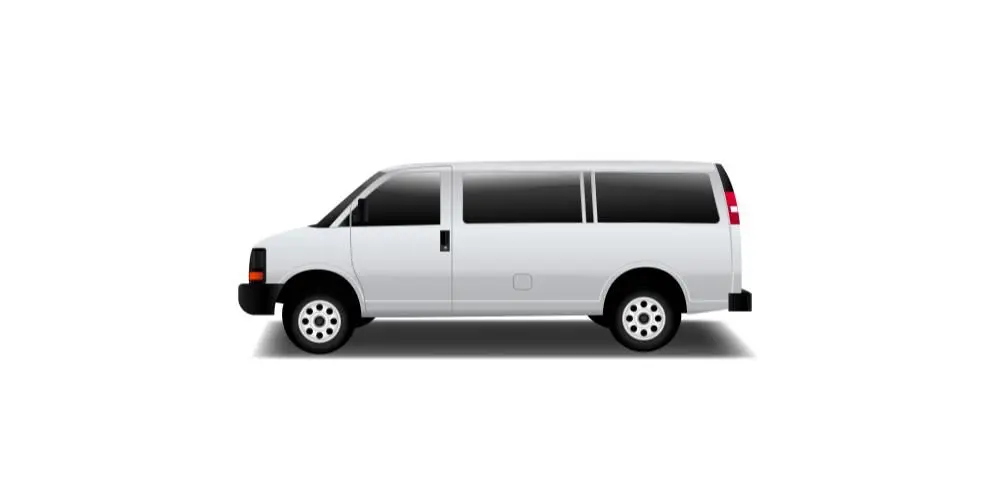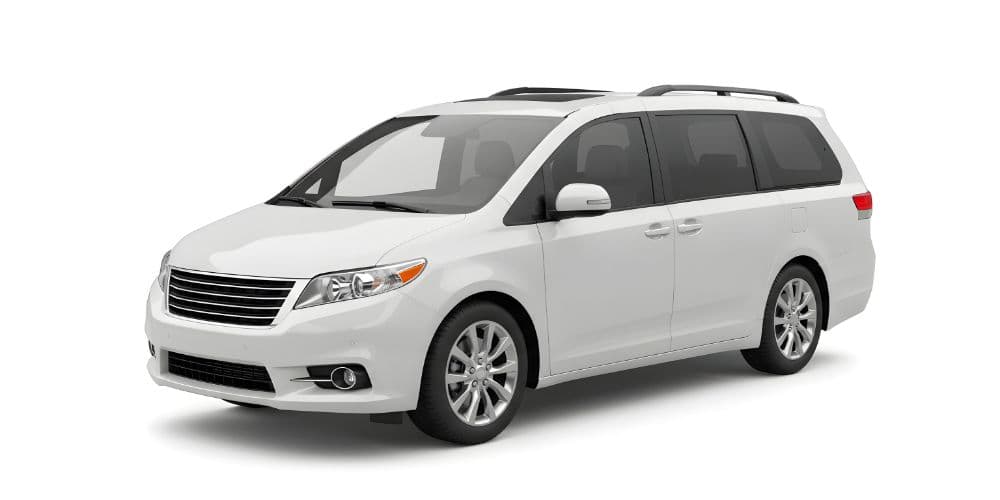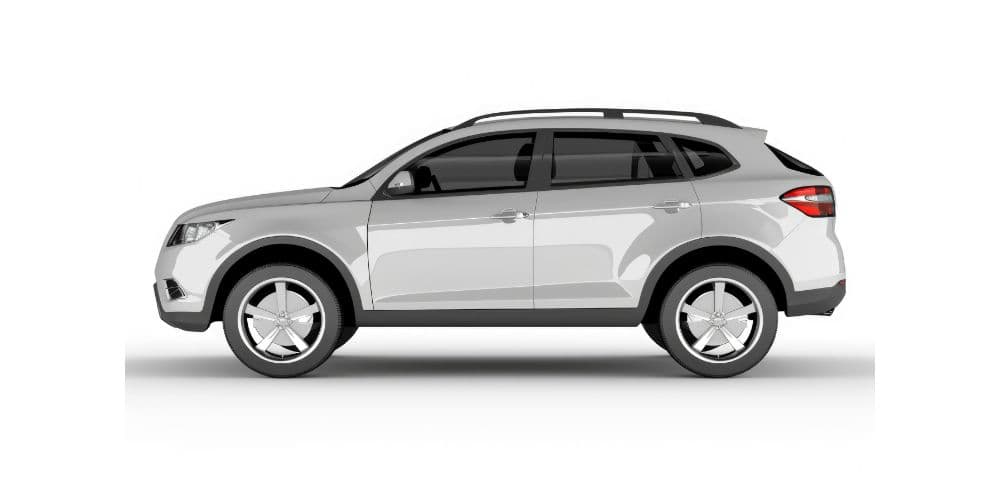
Hilo to Hawaiʻi Volcanoes National Park Road Trip
Trip Snapshot
- Distance/Time: ~30 miles one-way (45 minutes each way)
- Best Time: Year-round; start in morning for cooler temps and fewer crowds (stay after dark if lava is visible)
- Ideal for: Nature lovers, volcano enthusiasts, hikers, families (easy drive)
- Route: Hilo → Highway 11 south through Puna district → Hawaiʻi Volcanoes National Park (Crater Rim Drive & Chain of Craters Road) → return to Hilo
- Highlights: Kīlauea Caldera overlooks, steaming vents and possible lava glow, Chain of Craters Road down to the coastline, Hōlei Sea Arch, lush rainforest transitioning to volcanic landscapes
Route Overview
Heading south from Hilo on Highway 11, you’ll leave the bayfront behind and enter the Puna rainforest. Giant hapuʻu tree ferns and bamboo orchids line the roadside, with occasional mālua (showers) misting your windshield a prelude to the cooler climate ahead at 4,000 feet elevation. As you climb towards Hawaiʻi Volcanoes National Park, the air gets crisper and often carries the faint sulfur scent of volcanic emissions. Before long, you’ll arrive at the park’s entrance (stop by the visitor center if open for latest eruption updates).
Once inside, Crater Rim Drive beckons, encircling the summit caldera of Kīlauea. Begin your loop at Kīlauea Overlook to peer into the vast crater of Halemaʻumaʻu. You’ll feel the raw power of the earth here steam vents waft hot vapor, and depending on Kīlauea’s mood, you might even glimpse a lava lake glow or drifting volcanic plume in the distance. Midway along Crater Rim Drive is the famous Jaggar Museum overlook the museum itself is closed and was recently demolished due to 2018 eruption damage, but the viewpoint is accessible and offers the most panoramic view of Kīlauea’s summit. Standing at the rail, you’ll gaze across a rugged panorama of black lava rock and iridescent yellow sulfur deposits inside the caldera. It’s especially dramatic near sunset when the crater begins to glow red if magma is active below the surface.
Continue driving through lush rainforest pockets (keep an eye out for the ʻŌhiʻa lehua trees with red blossoms, sacred to Pele) to reach the start of Chain of Craters Road. This 19-mile road descends from the cool summit area down to sea level, traversing decades of lava flows. As you drive, the environment transforms before your eyes from dense green forest to rolling plains of pāhoehoe and ʻāʻā lava rock. Pull over at marked stops like Lua Manu crater or Devastation Trail to walk on cinder-covered paths where an eruption buried the forest in 1959. Farther down, you’ll pass lava flows from the 1970s, 80s, and 90s each flow a different texture and tint. It’s humbling to realize this road has been buried by lava multiple times!
At road’s end, you arrive at the Hōlei Sea Arch on the edge of the Pacific. Park and walk a few hundred yards past the gate to the viewing area. Here, a 90-foot tall lava rock arch thrusts out from volcanic sea cliffs into crashing waves. The ocean’s power is on full display turquoise water churns and thunders against the basalt, and seabirds wheel overhead in the salty breeze. Take a moment to appreciate how new land is forged here; the arch itself (formed ~550 years ago) will eventually crumble into the sea. Snap photos but stay behind safety ropes, as the cliff edges are unstable.
After exploring, retrace your route back up Chain of Craters Road. If daylight allows, consider a short stop at Thurston Lava Tube (Nāhuku) near Crater Rim Drive a prehistoric cave-like tunnel formed by flowing lava (a quick walk through illuminated by lights). As you exit the park, you might reflect on the surreal contrasts you’ve experienced: tropical rainforests, barren lava fields, steaming calderas, and sea cliffs all in one trip of just a few hours. If you linger into evening, you’ll be rewarded with a primal scene: from safe viewpoints like Uēkahuna (Jaggar overlook) or Keanakākoʻi, you can witness the eerie red glow of lava painting the night sky an unforgettable sight. The drive back to Hilo is about 45 minutes on a well-marked highway. Roll down the windows, breathe in that cool night air, and enjoy the easy cruise back to town under Hawaiian starlight.
Top Stops & Experiences (with Official Links)
- Hawaiʻi Volcanoes National Park Visitor Center & Overlooks: Start at the park’s Kīlauea Visitor Center for maps and the latest eruption advisories. Don’t miss Kīlauea Overlook and Uēkahuna (Jaggar Museum site) for sweeping crater viewshawaiipublicradio.org. (Official site: NPS Hawaiʻi Volcanoes National Park)
- Crater Rim Drive: A scenic loop around Kīlauea’s summit. Highlights include steam vents, the Steaming Bluff, Waldron Ledge, and dramatic views into Halemaʻumaʻu Crater (where a lava lake often resides). Numerous pull-outs and short walks provide intimate encounters with volcanic terrain.
- Chain of Craters Road: Epic 19-mile drive dropping ~3,700 feet to sea level through old eruption sites. Witness lava fields from Mauna Ulu flows (1969–74) and more. At the end, walk to Hōlei Sea Arch, a 27m (90 ft) high lava rock arch by the ocean, and see the spot where lava flows famously cascaded into the sea (when active). (Official info: NPS Walk to Hōlei Sea Arch)
- Nahuku Thurston Lava Tube: Stroll through a fern-draped prehistoric lava tube near Crater Rim Drive. This cave-like tunnel, formed by an ancient lava river, lets you literally walk through were molten rock flowed hundreds of years ago. A short 15-minute loop, open daily. (Info: Hawaiʻi Volcanoes NP Things to Do)
- Volcano Art Center (in Volcano Village): If time permits, stop just outside the park at this gallery inside a historic 1877 house. It features local artwork inspired by Pele and the volcano, plus handmade crafts a perfect cultural complement to your nature adventure.
Where to Eat & Stay
- Volcano House The park’s iconic lodge and restaurant, perched on the crater rim with caldera views. Even if you’re not an overnight guest, you can dine at The Rim restaurant overlooking Kīlauea or grab a bite at the café. If you choose to stay, you’ll wake up to dramatic volcano vistas right outside your window, 4,000 ft above sea level a once-in-a-lifetime experience for an overnight road trip stop.
- Kīlauea Lodge & Restaurant A charming historic lodge in Volcano Village (1 mile from the park). It offers cozy rooms, a hot tub under the stars, and an on-site restaurant known for hearty breakfasts and island-inspired dinners. This rainforest lodge exudes old Hawaiian charm and is ideal if you prefer a tranquil night in the village.
- If you’re basing in Hilo: You can easily do this trip as a day excursion and return to Hilo’s accommodations. Consider Castle Hilo Hawaiian Hotel (oceanfront, classic resort) or Hilo’s boutique inns. But for the fullest experience, spending a night in Volcano Village allows you to enjoy the park after dark and perhaps see the lava glow before bed.
Practical Tips
- Pack a Jacket: Temperatures at Kīlauea’s summit (4,000’ elev.) can be 15°F cooler than sea-level Hilo. It’s often breezy, cool, or misty up there, so bring a light jacket or sweater even if Hilo is warm. Sturdy closed-toe shoes are recommended for walking on uneven lava rock paths.
- Fuel Up: There are no gas stations inside the national park. Fill your tank in Hilo or in tiny Volcano Village before entering. You’ll be driving ~60+ miles round-trip plus exploring within the park, and gas options near the park are limited.
- Check Park Updates: Kīlauea is an active volcano; conditions change. Check the official park website or visitor center for eruption alerts, road closures, or air quality advisories (volcanic fumes can lead to temporary area closures for safety). Portions of Crater Rim Drive have been closed in the past due to eruptions. Currently (as of 2025) the Jaggar Museum building is gone, but the overlook is open.
- Stay After Dark: If volcanic activity is present, consider staying past sunset to witness the lava glow. Rangers sometimes direct visitors to safe viewing spots if lava is erupting. Bring a flashlight or headlamp for walking to overlooks at night, and never venture off marked trails cliff edges can be unstable, especially in darkness.
- Rain & Sun Prep: Weather is unpredictable. You might encounter hot sun, rain, and vog (volcanic smog) all in one day. Pack water, sun protection, and maybe a rain poncho. If voggy (sulfuric haze), those with respiratory issues should limit exposure.
- Respect the Land: Hawaiians consider Kīlauea a sacred home of Pele. Be respectful don’t pocket lava rocks (it’s illegal to remove them) and heed all signs. Stick to trails and overlooks; the crust can be thin near lava areas. As the park signs say: “Stay on the trail earth cracks and steam vents have no warning.”
Rentals & Logistics
A standard car is sufficient for this paved route no 4WD needed to explore Crater Rim Drive or Chain of Craters Road. Ensure your brakes are in good working order for the downhill drive to the coast and back up. Start with at least a half-tank of gas, as continuous uphill driving can use more fuel (and you won’t find gas in the park). There are convenience stores in Volcano Village for snacks, but bringing water and some food from Hilo is wise, especially if you’ll stay through evening. Parking at popular overlooks (like Devastation Trail or Thurston Lava Tube) can fill up during mid-day, but spots open up quickly with visitor turnover. The park entrance fee is $30 per vehicle (valid for 7 days), so keep your receipt if you plan multiple Big Island park days.
Reserve the perfect vehicle: Given the variety of terrain from city streets to mountain slopes make sure your rental car is comfortable and reliable. If you plan to drive at night or in rain, choose a vehicle with good headlights and wipers. Book in advance during peak seasons to snag the car you want for your Hilo adventures. Reserve the perfect vehicle for your Hawaiʻi Volcano road trip and get ready for an unforgettable journey on the Belt Road!
Our Most Popular Vehicles



